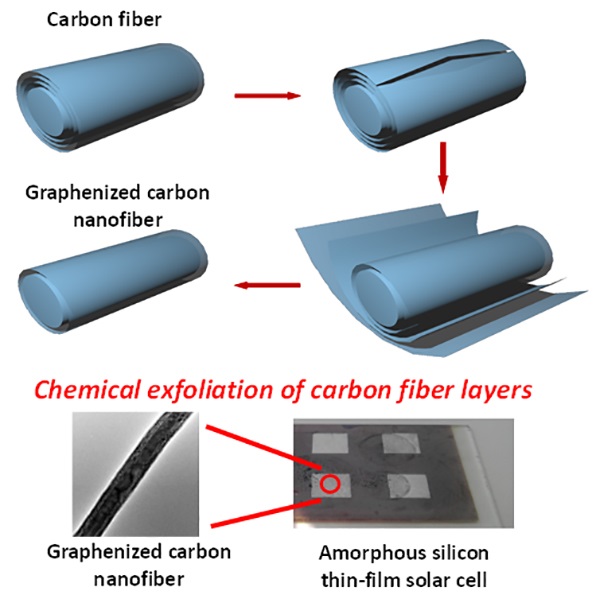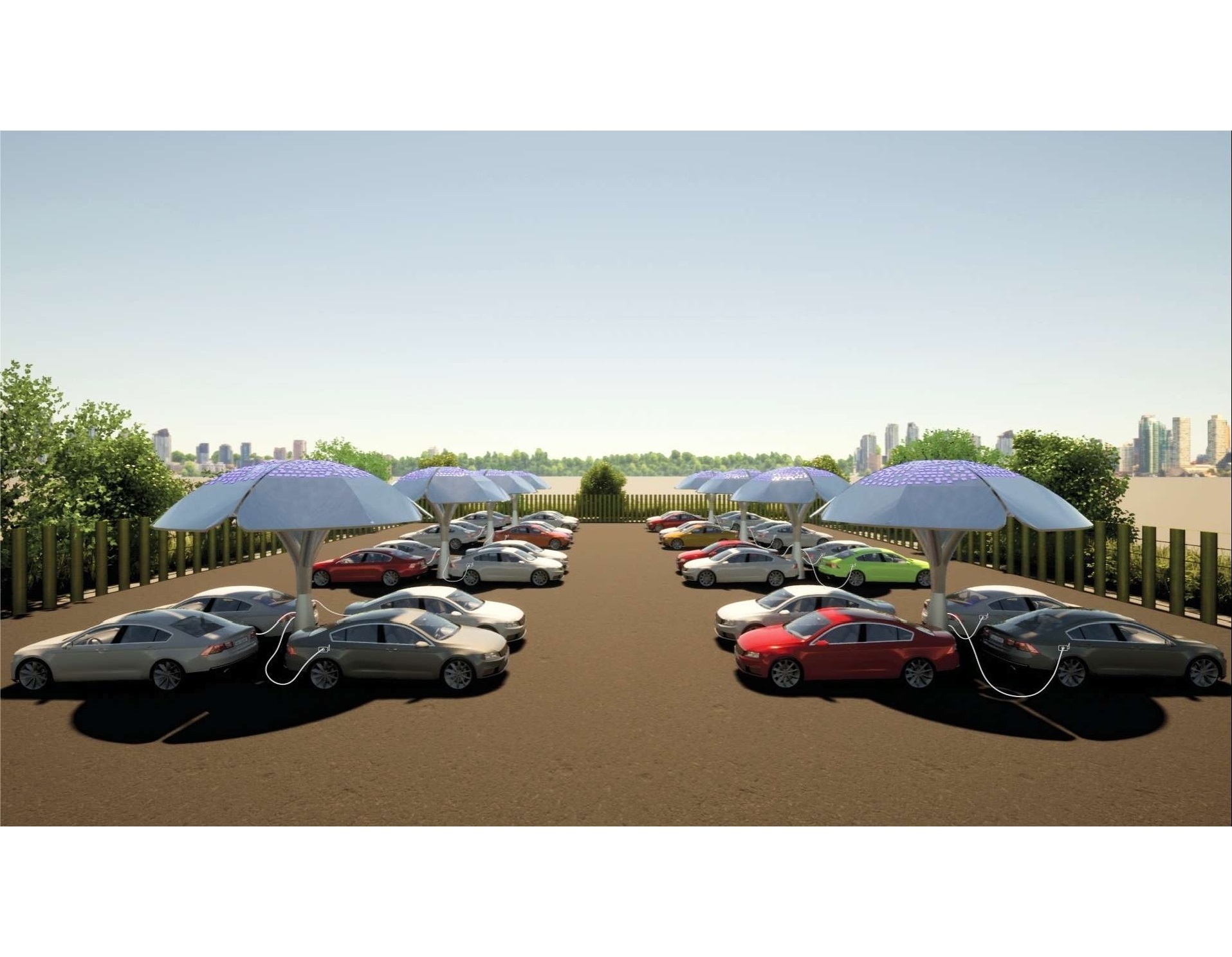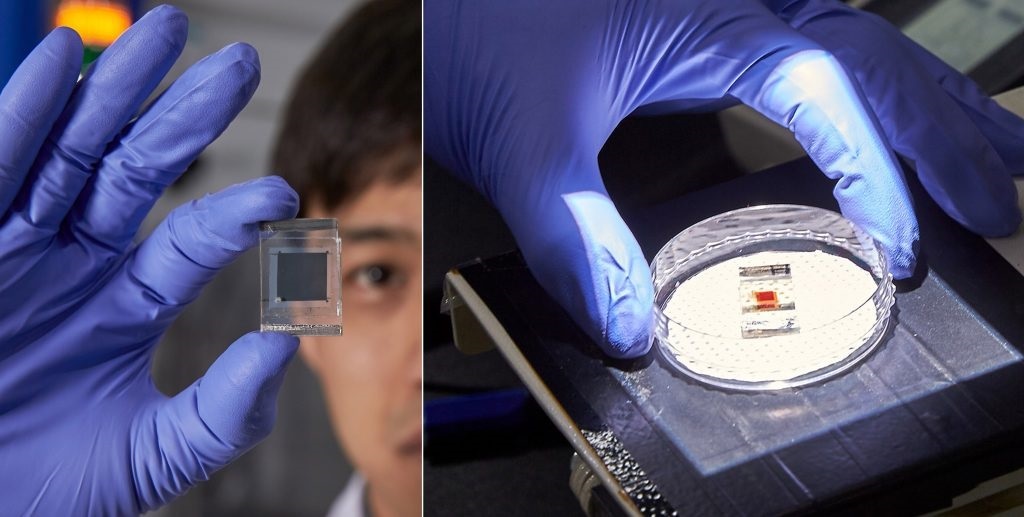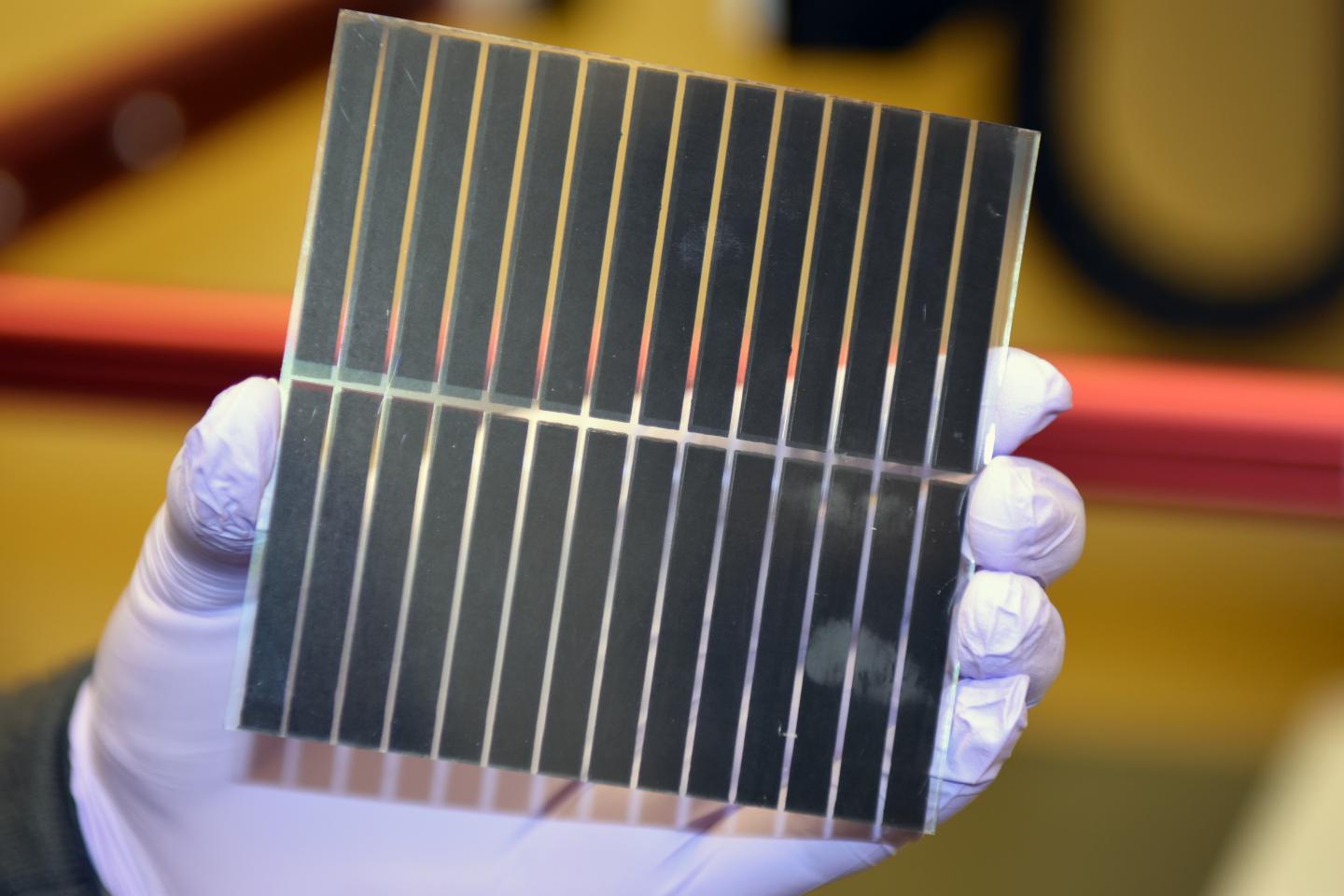18 Nov 2014
The large-scale deployment of solar energy has been severely hindered by the slow pace of advances in energy conversion efficiency of solar cells. This is defined as the ratio of energy output from the solar cell to input energy from the sun.
To address this challenge, researchers at Swinburne University of Technology’s Centre for Micro-Photonics (CMP) have successfully synthesised one-dimensional graphenised carbon nanofibre to demonstrate an efficiency breakthrough in silicon-based solar cells.
“This nanofibre exhibits superior light-scattering properties, ultralow absorption loss and high electrical conductivity,” CMP researcher Dr Xi Chen said.
“By integrating the nanofibres with solar cells we have demonstrated an efficiency boost of 3.8 per cent.”
That result is almost five times greater than the current record, creating one of the highest-performing silicon thin-film solar cells.
The demonstrated low-cost and scalable nanofibres enable a wide range of applications including solar cells, photodetectors, supercapacitors and biosensors.
This research was published in Advanced Materials and was funded by the Science and Industry Endowment Fund and the Australian Research Council.
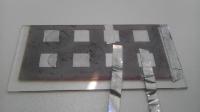
It was undertaken by Dr Xi Chen, Dr Baohua Jia, Boyuan Cai and Professor Min Gu from Swinburne’s Centre for Micro-Photonics and Jia Fang, Ze Chen, Professor Xiaodan Zhang and Professor Ying Zhao from the Institute of Photo Electronics Thin Film Devices and Technology, Nankai University, China.

